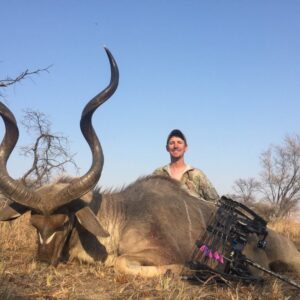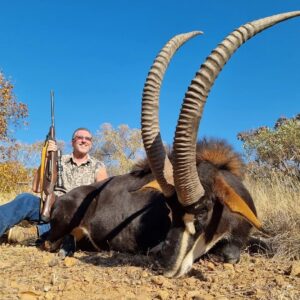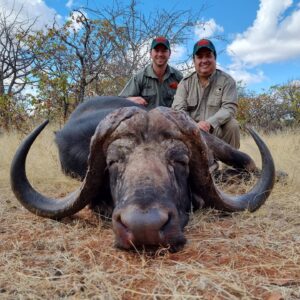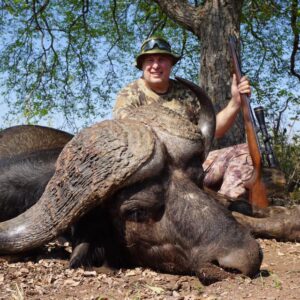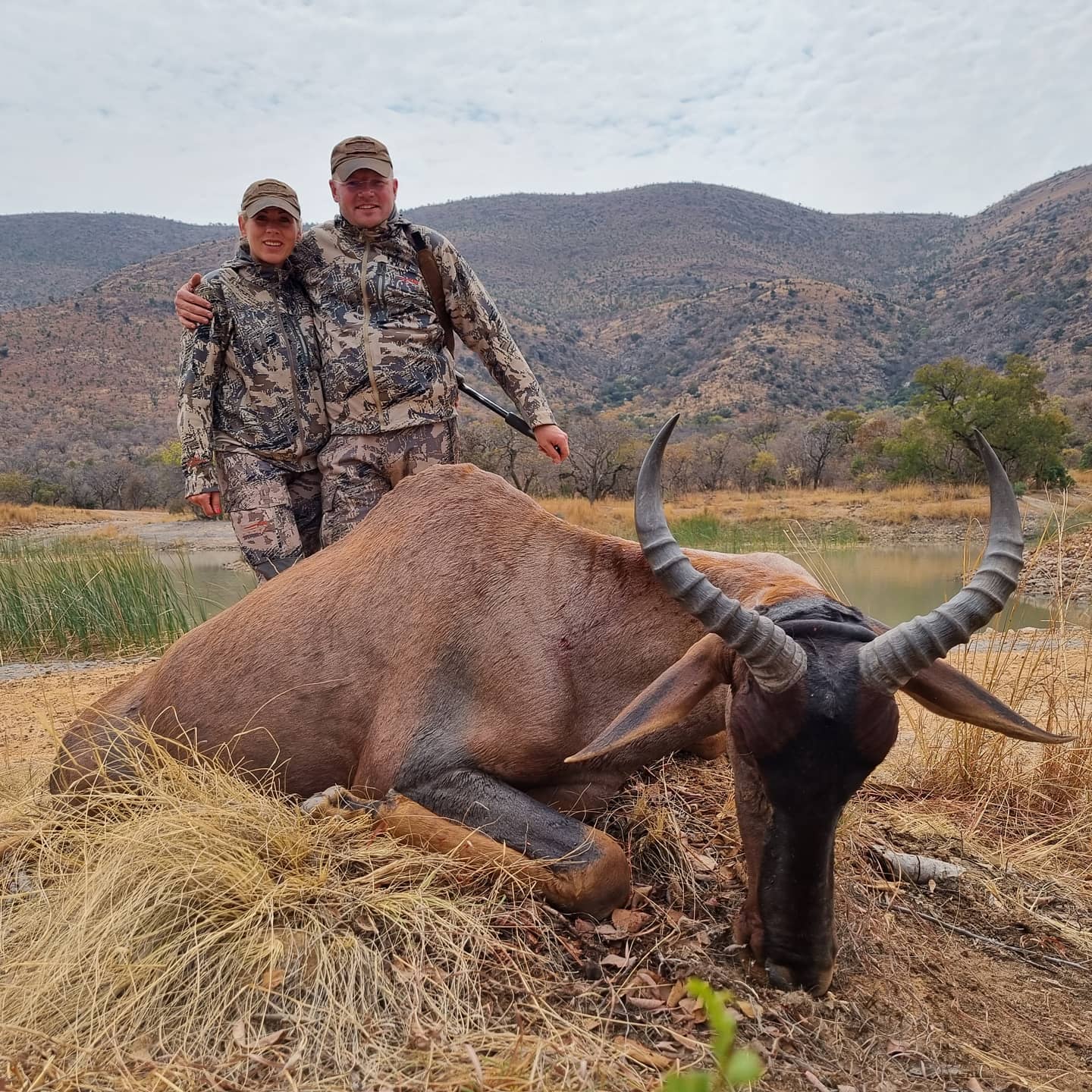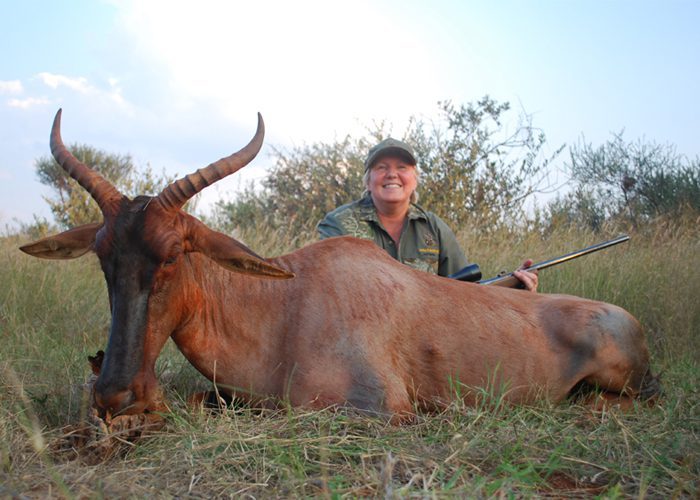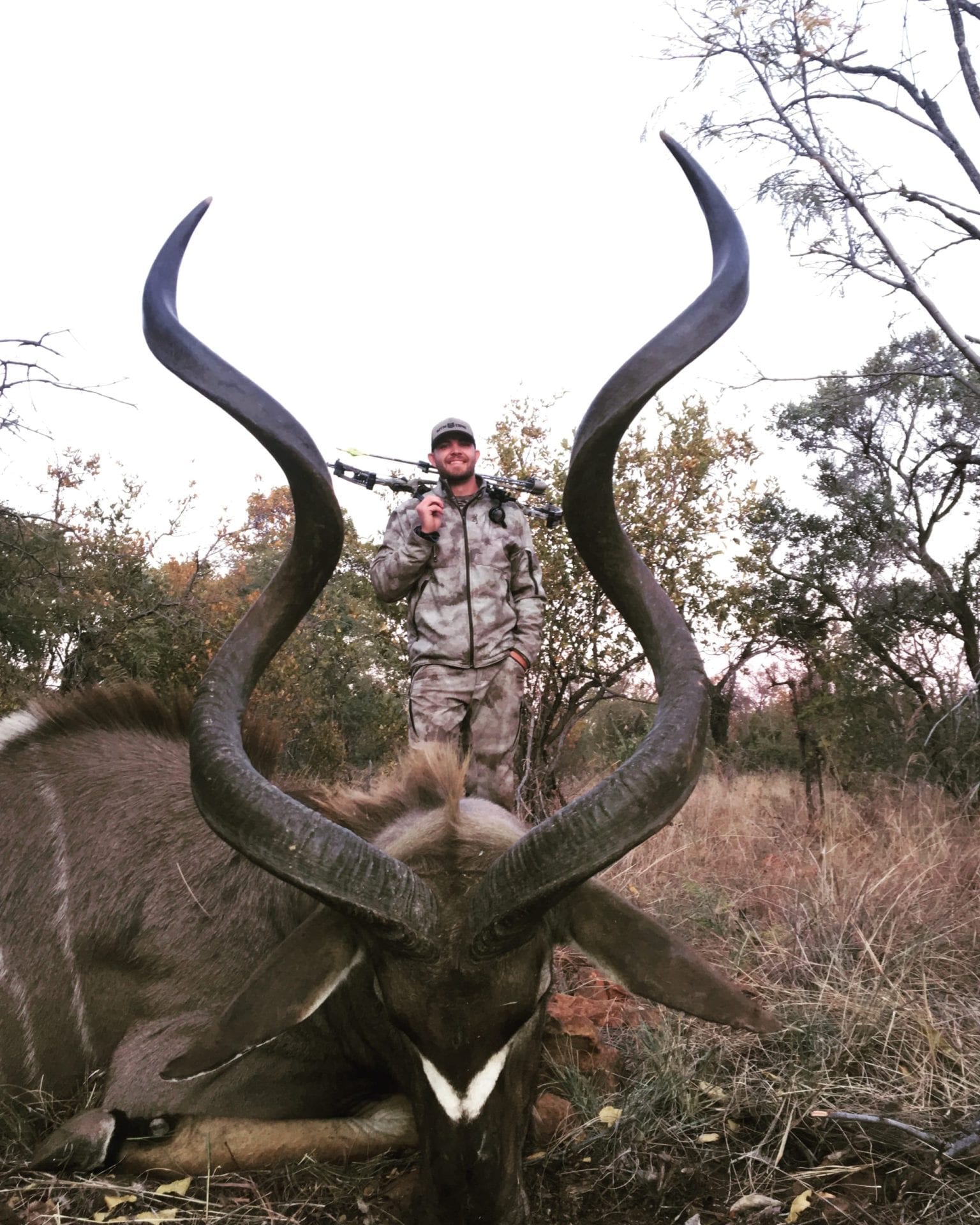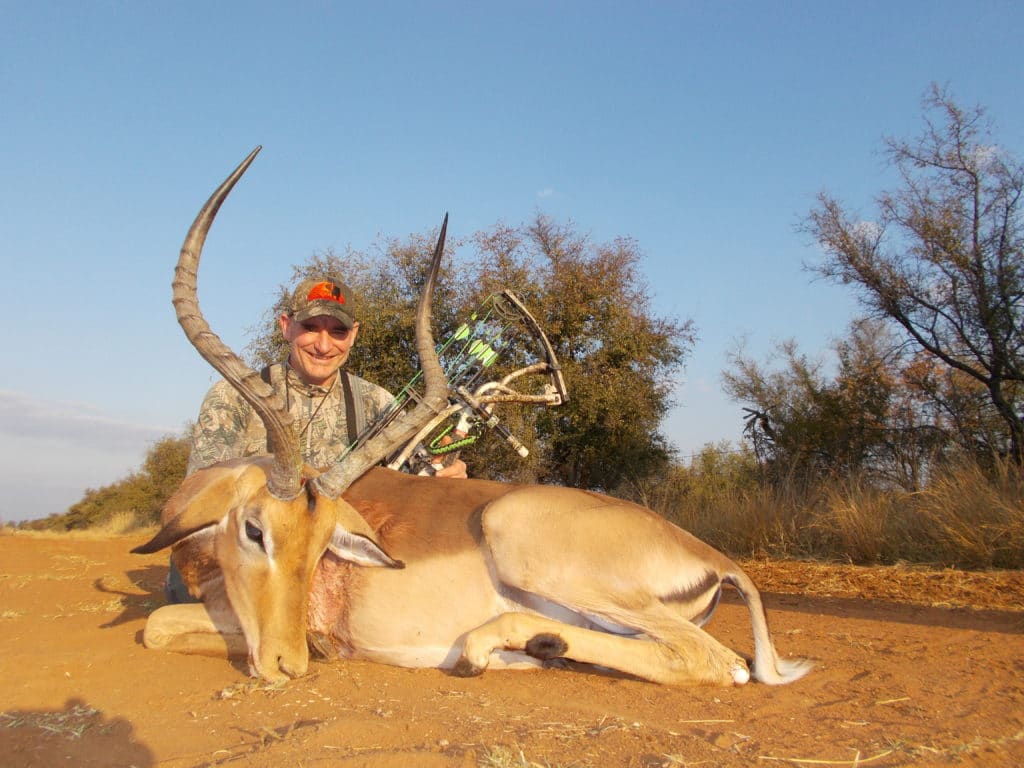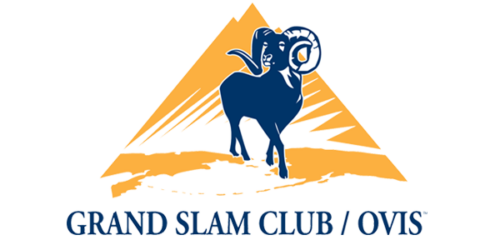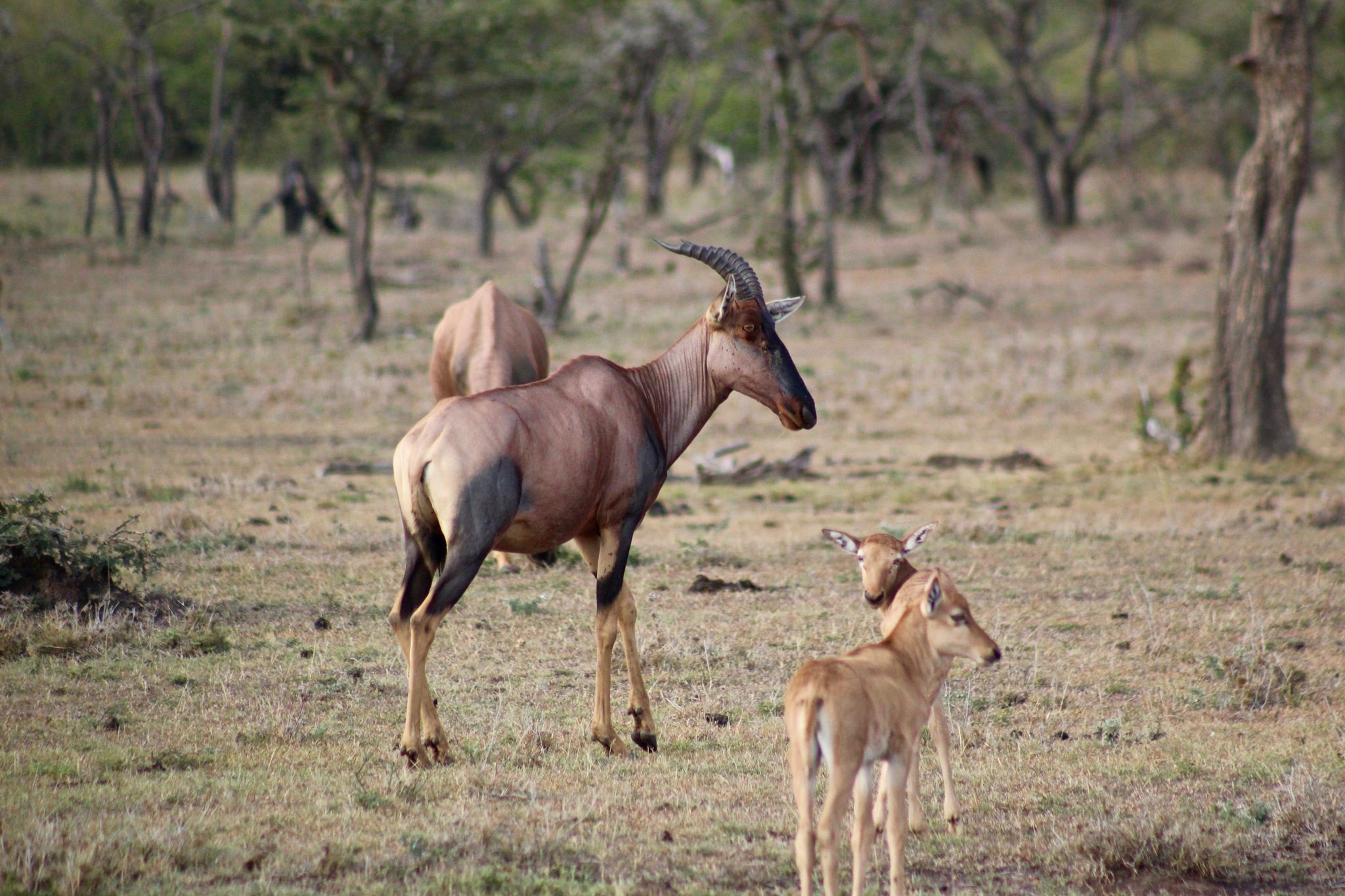
Tsessebe Hunting
The Tsessebe, an African antelope, possesses remarkable swiftness, reaching speeds exceeding 90 km/h. It shares close kinship with the Topi, Korrigum, Tiang, Blesbok, and Bontebok. Additionally, there exists a particular subspecies called the Bangweulu Tsessebe, which thrives on the Bangweulu Flats in Zambia. This species naturally inhabits regions spanning from Angola, traversing the Caprivi Strip of Namibia, and extending to Northern Botswana, Zambia, Zimbabwe, and South Africa.
Hunting opportunities for Tsessebe are available in Namibia, Zambia, and Zimbabwe, both on concessions and various game ranches in South Africa and Namibia. In Zambia, one can partake in diverse 6-11 day combo packages, encompassing plains game, Sitatunga, and Buffalo hunts. The cost of these packages ranges between $17,000 and $37,800. In Botswana, a ranch hunt entails a daily rate of $300, with an additional trophy fee of $2,500. In South Africa and Namibia, game ranches offer daily rates ranging from $350 to $450. As for Tsessebe trophy fees, they range from $2,750 to $3,350 in Namibia, while in South Africa, the fees vary from $2,000 to $2,825.
Tsessebe hunting is permitted throughout the year in South Africa and Zimbabwe. However, in Namibia, hunting is restricted during the months of January and February. In Zambia, the hunting season extends from early May to late November. Autumn emerges as the optimal time for Tsessebe hunting, as it coincides with scarce food resources and the gradual drying up of natural waterholes. If one embarks on a hunting expedition later in the year, it is essential to prepare for the intense heat experienced in these African regions during October and November.
Tsessebe Hunting Methods
Spotting and stalking tactics are typically employed when pursuing Tsessebe. These creatures are frequently found in relatively open areas and tend to congregate near water sources during the late afternoon. Observing them from a distance using a vehicle is a common practice, allowing for a strategic approach and a well-planned stalk. For bowhunters, it is advisable to seek a vantage point in a blind overlooking a water source. Additionally, attracting Tsessebe can be facilitated by employing mineral blocks and salt licks at a specific site.
Tsessebe belongs to the Wildebeest and Hartebeest families, which are sought after by collectors of larger game species. While not considered a highly coveted trophy, Tsessebe remains popular among collectors. The most prevalent method of mounting Tsessebe is through a shoulder mount, which poses challenges in distinguishing it from closely related species, particularly the Topi. Consequently, some hunters opt to skull mount their Tsessebe trophies and display the captivating hide as a magnificent rug.
Tsessebe Hunting Gallery
Live Like You Mean It
Contact Us
We've helped thousands of OI clients plan their adventures
Our team of professional consultants are ready to help you research, book and plan an amazing trip with one of our amazing outfitter partners around the world.
Thank you Outdoors International!
It was an amazing steelhead fishing trip! I brought my dad along with me and we slayed the fish. If you guys aren't applying for the OI Draws, you should. They're legit!
Tyler Kirk
/ OI Draw Winner
I couldn't believe we won!
We won this fully guided, all-inclusive New Zealand red stag hunt in the OI Draw! I highly recommend this hunt, and Outdoors International—fantastic company, amazing meals, and hunts that are second to none.
Brandon Ball
/ OI Draw Winner
I'm so grateful for the opportunity!
Thank you to Outdoors International, all the PH's and their awesome staff. I made some new friends and will be back to Africa again 100%.
Brye Mangum
/ OI Draw Winner
My most memorable and rewarding experience.
This was my first guided hunt, and the outfitter was amazing. He was able to keep me motivated and encouraged to hold out for true trophies. I would rate him on an 11 on a scale of 1 to 10! I never thought Africa would be a reality for me. Thank you Outdoors International.
Dason Lasater
/ OI Draw Winner
I didn't think an experience like this was possible.
This trip, was, for me at least not just a trip, for me it was a real adventure, a real experience. I love the wilderness and this trip afforded me the opportunity to connect with the Alaskan wilderness in ways very few people do. It was an experience I will never forgot in a place I can’t wait to get back to.
Oliver Fischer
The outfitter handled everything perfectly.
We were thankful that Outdoors International hooked us up with a great outfitter because they were able to find us an acceptable alternate on short notice. Overall the two year process to get this float in was seamless and worry free. Just like it should be.
Thank you,
Stan Masneri
What an amazing experience!
The lodge was out of this world! Our rooms, the delicious food, the incredible wildlife and the scenery were amazing. Our photo safari guide was truly exceptional and had us on animals almost constantly. We saw over 30 different species and had some incredible up close experiences. Africa is amazing!
Scott Navares
Copyright 2005-2025 © Outdoors International™ · All Rights Reserved.


